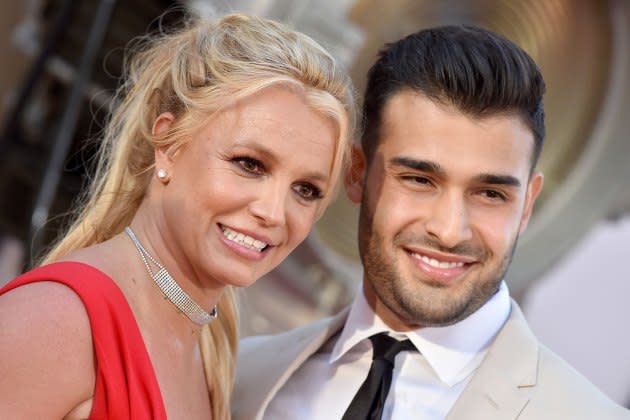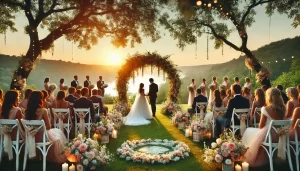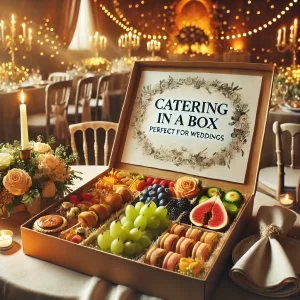A Guide to Some Indian Wedding Customs for Non-Indian Guests

It is not unusual these days for friendships to cross cultural boundaries as people become more globally mobile and settle away from their home countries.
Australia is not alone in being home to a diverse population, one that includes a large number of people whose origins were in the Indian Subcontinent.
And as people form abiding friendships in college or through work they naturally want to invite their non-Indian friends to celebrate important life events, such as weddings.
Indian weddings, whether Muslim, Hindu, Punjabi or other variations on the traditions, are colourful, lively events in which the ceremonies and celebrations can go on for several days and some non-Indians may be anxious not to offend because they are unfamiliar with some of the traditions involved.
The most likely parts of the sequence of ceremonies to which guests will be invited are the Mehndi ceremony and the Indian equivalents of the reception.
The Mehndi ceremony is usually, although these days not always, an all-female event during which the bride and some close female friends and relatives will have intricate henna (Mehndi) patterns applied to hands, arms, lower legs and feet.
The actual marriage formality in the Muslim marriage process is called the Nikha and is a very short formal agreement between the groom and close male relatives of the bride. It is not usually a public event. The Muslim Indian equivalent of the reception, called the Walima, is a public proclamation and celebration of the wedding to which many guests will be invited. In more traditional families the men and women may celebrate the Walima separately.
Guests may be present at the Hindu Wedding Photographer ceremony, where the father gives away the bride, the bride and groom place garlands around each other’s necks, there are blessings by priests and then the couple walks tied together ceremonially with scarves around the sacred fire. The Hindu reception generally flows on from the actual marriage rituals.
Most Indian families do not expect non-Indian guests to wear Indian clothes, although they are delighted if the guests choose to do so. The choices for women range from Salwar Kameez – a long tunic top with pajama-style trousers, or Churidars (trousers that are gathered and tight from the calves down to the ankles – to Lehenga and choli plus dupatta (lenhengas are full, gathered and ornately-embroidered skirts, choli are short tight blouses and the dupatta is a long, often gauzy scarf, or even the sari.
The only point of etiquette is that female guests generally should avoid wearing red which is the traditional colour for brides, and also avoid white, the colour of mourning, or black.
The colourful, elaborately embroidered clothes are one of the delights of an Indian wedding, in Australia as in any other part of the world and provide the subject matter for some stunning photos for the wedding album.
Another worry that non-Indian guests have is wedding gifts. Here the general tendency is to give a small gift of money, usually inserted in an elaborate envelope containing a greeting card. Sums of money ending with a 1 are considered auspicious so a gift could be $101, or $151, and so on.








